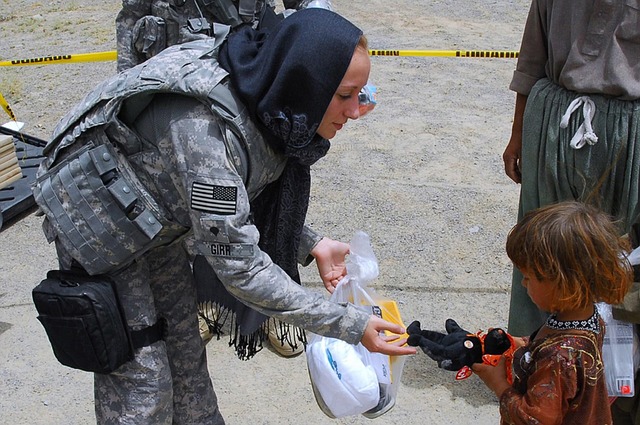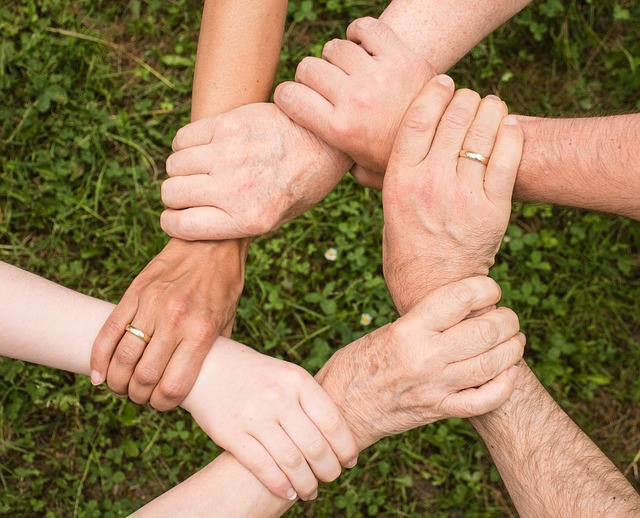In a recent presentation for The Contemplative Care Summit, Seth Godin spoke about, Mindfulness & Creativity at Work. He stressed the importance of being mindful about self-talk and taking intentional action if we are to be creative in our life’s work. Seth writes a daily post for his creative blog which he has been writing for more than a decade. He is the author of 20 world-wide best-selling books such as The Practice which is about creative work. He is also the initiator of many creative projects. You can find his videos on YouTube, including his five TED Talks.
Self-talk: a barrier to creativity
Seth has previously written about what he calls “the lizard brain” – the amygdala, the part of the brain driven by fear. He maintains that this is behind our negative self-talk and can be disabling if we let it control our thoughts. He challenges the myth of “writer’s block” and suggests that it is a blockage in our thinking created by our fear and perpetuated by self-stories. He suggests, like one of my early mentors, that a way forward is to write, write, write. Eventually, our not-so-good writing becomes good and then great – especially if we have a constructive, critical friend who is commenting on our writing out of understanding, comprehension, and good will, not out of ignorance or inanity.
Creative people such as Elizabeth Gilbert, author of Eat, Pray, Love, speak extensively about how fear and self-talk can block our creative genius. Clare Bowditch – singer, songwriter, and author of Your Own Kind of Girl – describes in detail (in this autobiography), the power and pervasiveness of our inner critic. Worrying about whether our creation, our work, our project, our song/performance or our presentation will be “good enough” sets in train a series of self-stories that can lead to procrastination. Tara Brach offers the R.A.I.N. meditation – incorporating the steps of recognise, accept, investigate and nurture – as a compassionate way to deal with our self-generated critic.
Seth talks extensively about a specific fear, the “fear of failure”. We tend to catastrophize the outcomes if something “goes wrong” or “does not work out”. He points out, however, that we do not have control over the outcomes and focusing solely on them leads to inertia and stifling of creative endeavour. Seth maintains that “failure” and creativity go hand-in-hand and he talks about his many failures. He argues that if you are doing something that you have never done before or that has not been done by anyone else, then the chances of failure are always present – this uncertainty about outcomes defines the essence of creativity and we capture this in our language, “going out on a limb”, “going outside our comfort zone”, “leaping into the unknown” or “exploring new terrain”.
Seth suggests that we need to stay in the present moment and enjoy the process of creating something new – of bringing our creation into the world for the benefit of others. Focusing on process in a mindful way creates freedom from fear, space to explore and openness to new ideas. He also argues that we can overcome the nagging concern that we are an “imposter” (posing as a good writer, performer or facilitator) by accepting that you will act as an imposter if you are being creative – you are taking action with uncertain outcomes, you cannot guarantee success, and you are hoping that it will “turn our well” without any “iron-clad guarantee” that it will do so.
Intentional action
Intention provides the impetus to initiate and sustain creative action. Diana Winston offers a meditation process to help us to bring mindfulness to our motivations and intentions so that we can achieve clarity of purpose, align our energy and strengthen our motivation in the face of obstacles. Leo Babauta offers a three-step process, incorporating clarifying intentions, that we can use to start doing the meaningful work that we have been avoiding. He also offers a daily practice to overcome the avoidance that we experience when confronted with difficult tasks.
Ricardo Semler, entrepreneur and author provides a more fundamental approach to access our underlying intentions. He suggests that we ask our selves “why” three times to get to the fundamental question, “What am I doing this for?” Unfortunately, our busyness becomes the greatest impediment to accessing our creativity and opening our selves to wisdom, clarity, and fulfillment. Taking time to be still and revisit our intentions can enable us to achieve alignment with our overall life purpose and access the resonance that this alignment brings. We can then begin to experience inspiration and intuition – the seeds of creativity.
Reflection
To fully access our creativity, we need to be aware of our negative self-stories, our fear of failure, and our imposter concerns. By not facing up to the self-critic and the “lizard brain”, we can numb ourselves into inaction and procrastination. As we grow in mindfulness, through meditation, reflection, and reframing, we can increase our self-awareness, develop self-compassion to deal with our negative thoughts and bring intention and alignment to our creative actions. The stillness and silence of mindfulness meditation acts an “incubator” for creativity and innovation.
__________________________________
Image by John Hain from Pixabay
By Ron Passfield – Copyright (Creative Commons license, Attribution–Non Commercial–No Derivatives)
Disclosure: If you purchase a product through this site, I may earn a commission which will help to pay for the site, the associated Meetup group and the resources to support the blog.





